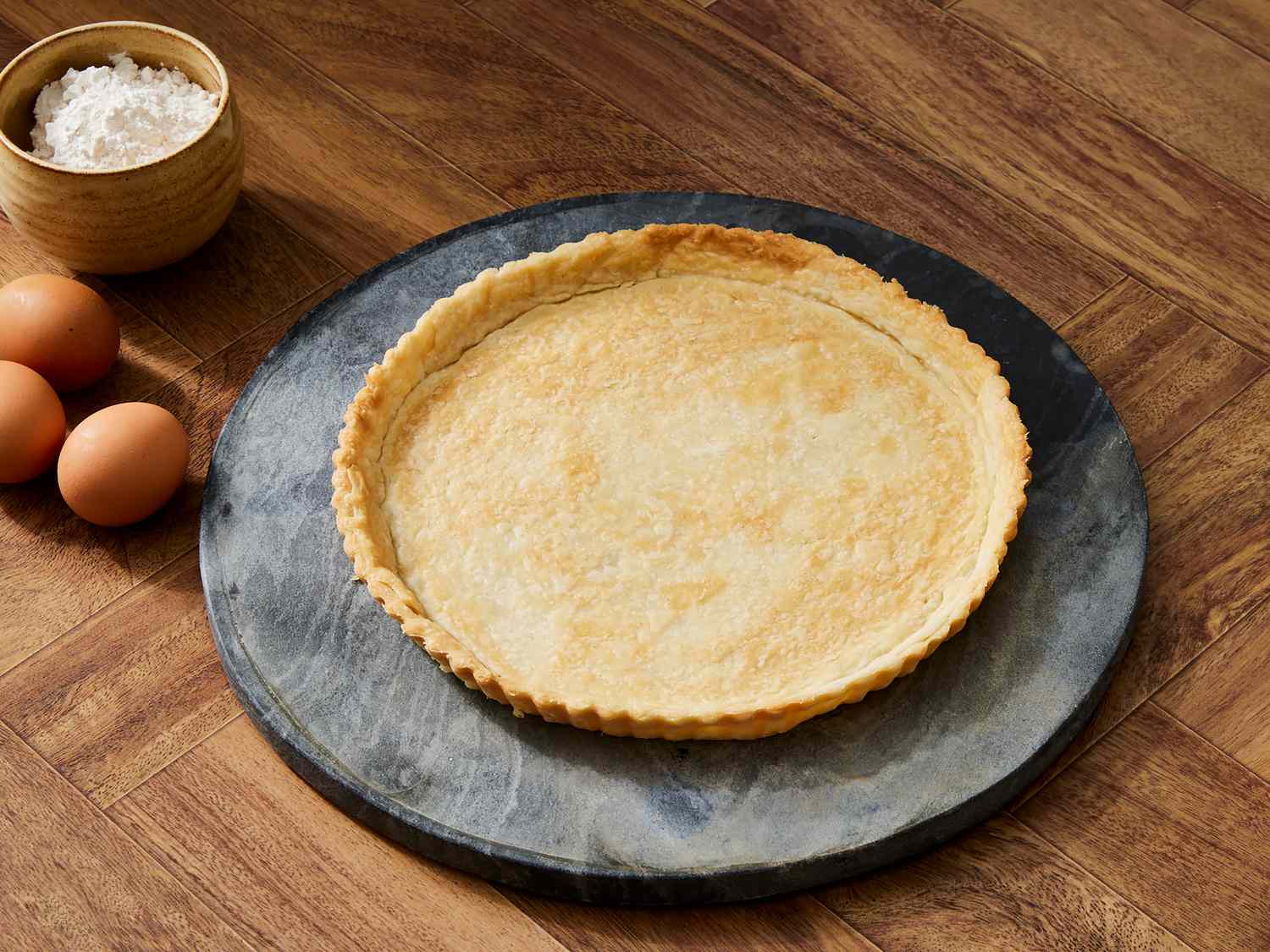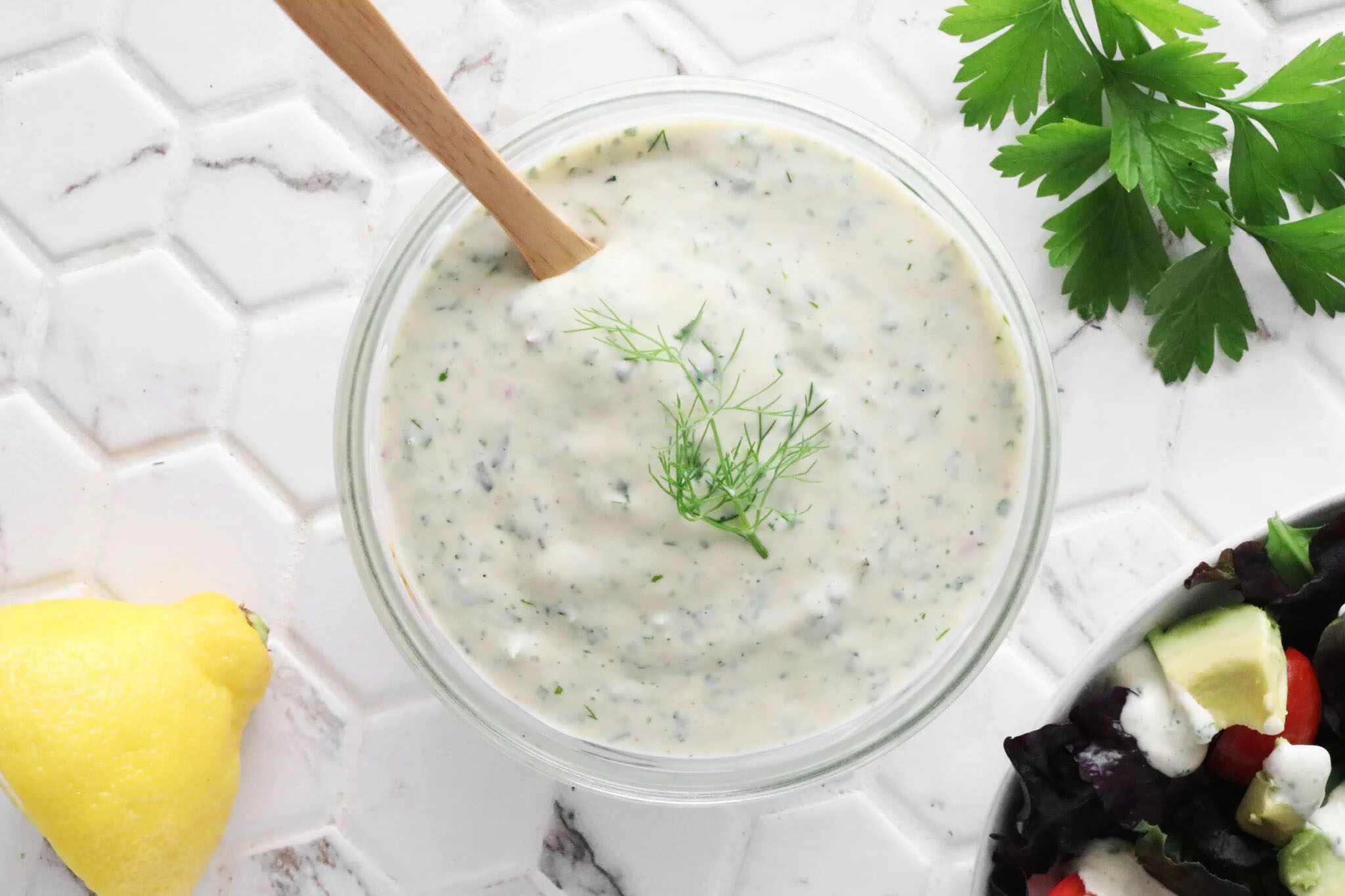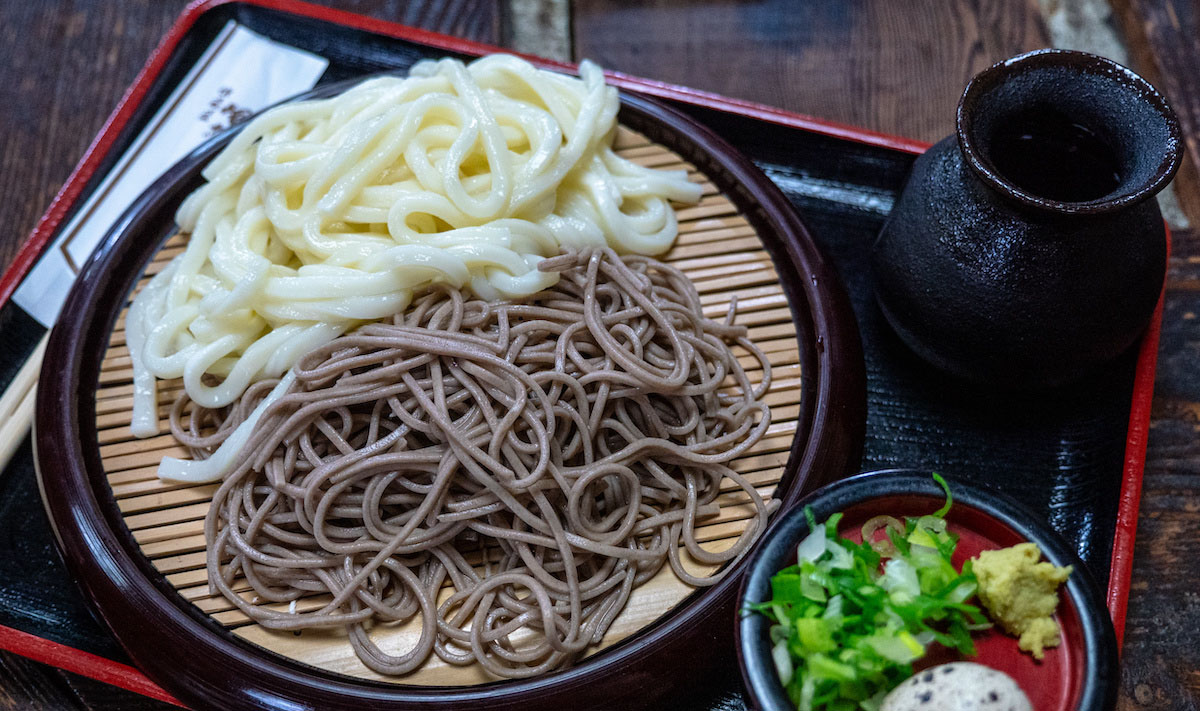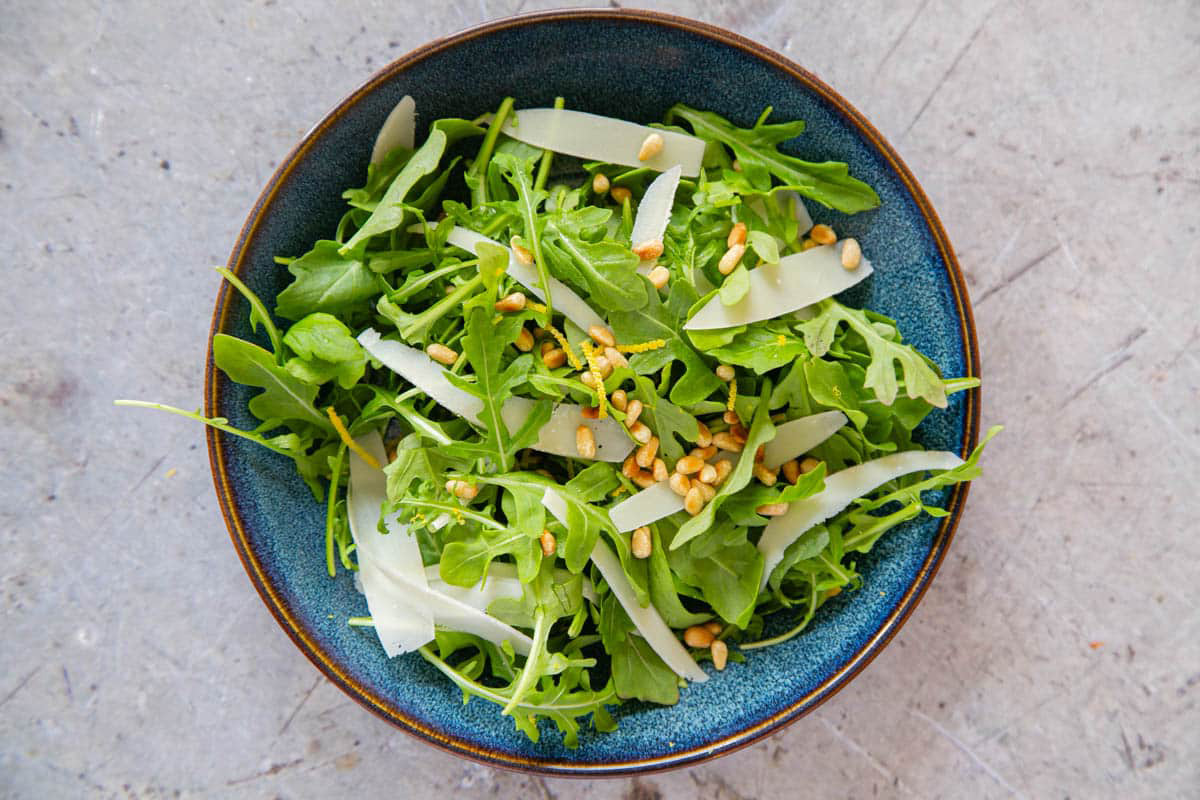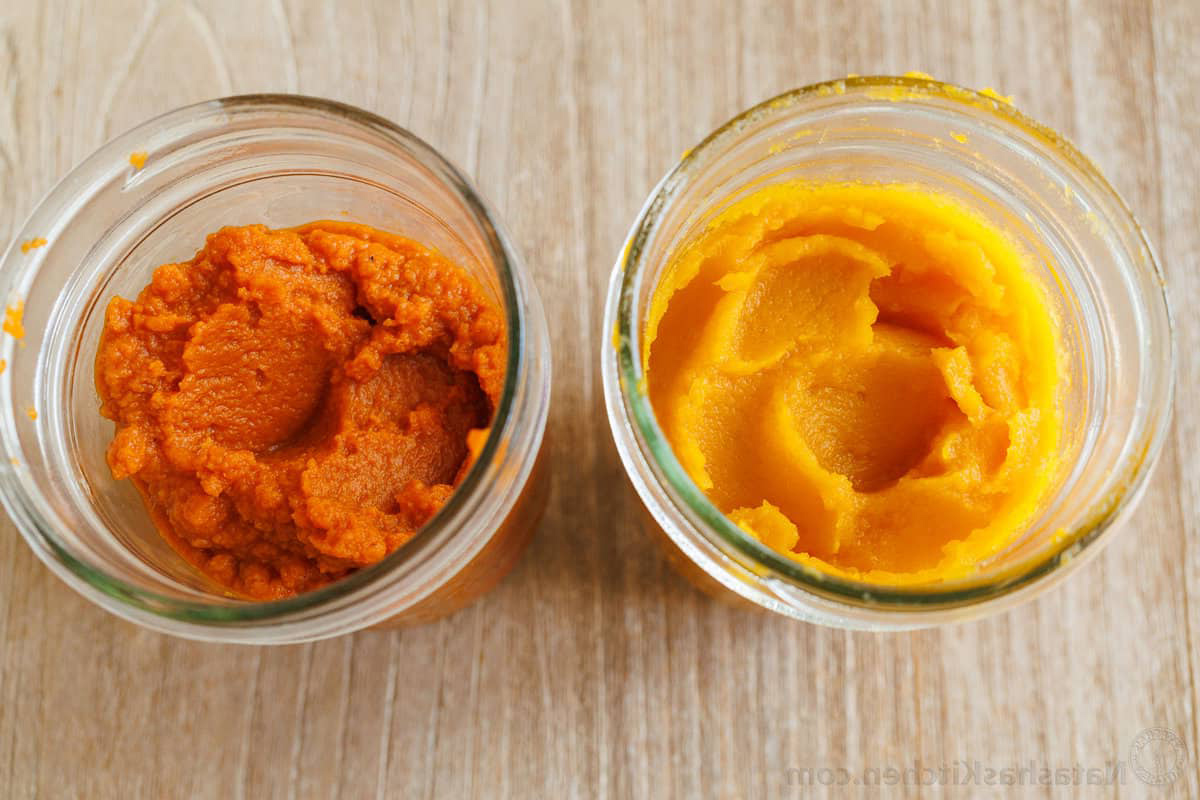Understanding Imitation Lobster: A Delicious Alternative
When it comes to seafood, lobster is a popular choice for many people. However, not everyone has access to fresh lobster, and it can be quite expensive. This is where imitation lobster comes in. But what exactly is imitation lobster, and how does it compare to the real thing?
What is Imitation Lobster?
Imitation lobster, also known as artificial or fake lobster, is a type of seafood product that is made to resemble the taste, texture, and appearance of real lobster meat. It is typically made from a combination of fish, such as pollock or whiting, and other ingredients such as starches, flavorings, and colorings. The mixture is then formed into shapes that mimic the look of lobster meat.
How is Imitation Lobster Made?
The process of making imitation lobster involves several steps. First, the fish is minced and combined with other ingredients to create a paste. This paste is then formed into the desired shapes, such as chunks or flakes, and cooked. After cooking, the imitation lobster is typically frozen and packaged for distribution.
How Does Imitation Lobster Compare to Real Lobster?
While imitation lobster is designed to resemble real lobster, there are some differences between the two. Here are a few key points to consider:
- Taste: Imitation lobster has a flavor that is similar to real lobster but may not be as rich or complex.
- Texture: The texture of imitation lobster can be slightly different from real lobster, as it is often softer and more uniform in consistency.
- Cost: Imitation lobster is generally more affordable than real lobster, making it a budget-friendly option for seafood lovers.
- Availability: Imitation lobster is widely available in supermarkets and can be purchased year-round, whereas fresh lobster may be harder to find in some areas.
Ways to Enjoy Imitation Lobster
Imitation lobster can be used in a variety of dishes, just like real lobster. Here are a few ideas for incorporating imitation lobster into your meals:
- Create a classic lobster roll by mixing imitation lobster with mayonnaise, celery, and seasonings, then serving it on a buttered and toasted bun.
- Add imitation lobster to pasta dishes, such as creamy fettuccine alfredo or spicy lobster linguine.
- Use imitation lobster in seafood soups and chowders for a flavorful and budget-friendly alternative to traditional lobster.
- Try making imitation lobster sushi rolls for a fun and creative twist on traditional sushi.
Conclusion
Imitation lobster offers a convenient and affordable way to enjoy the flavors of lobster without breaking the bank. While it may not be identical to real lobster, it can be a delicious alternative for seafood enthusiasts. Whether you’re looking to save money or simply want to try something new, imitation lobster is worth exploring for its versatility and great taste.
Was this page helpful?
Read Next: What Is A Fry Up
